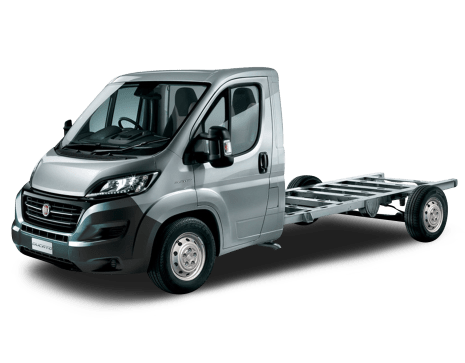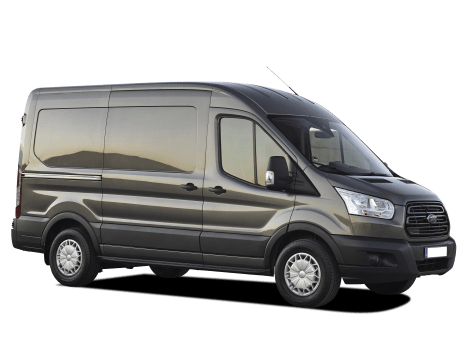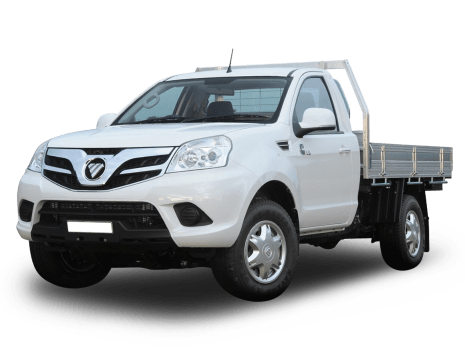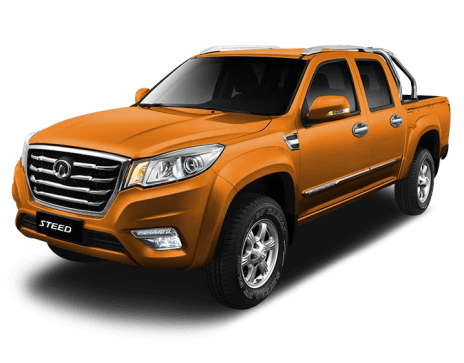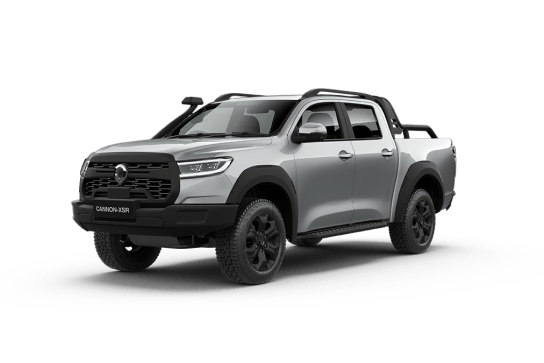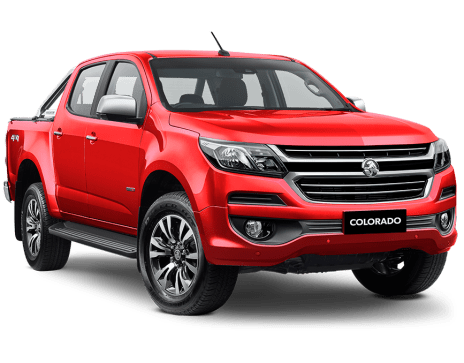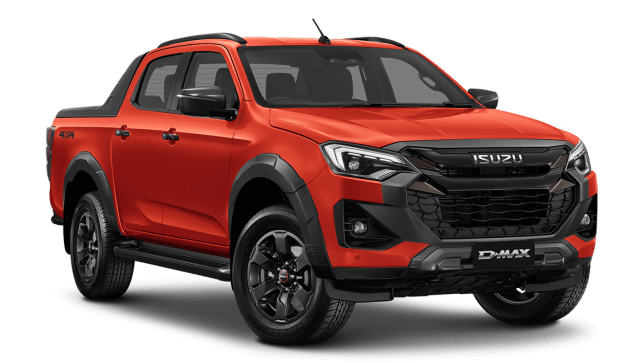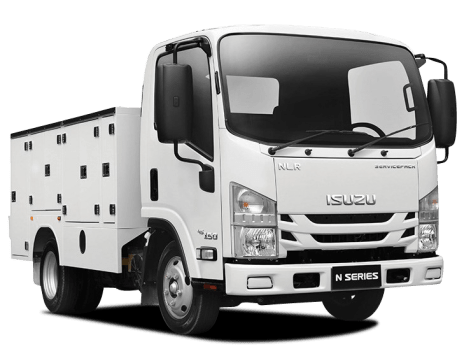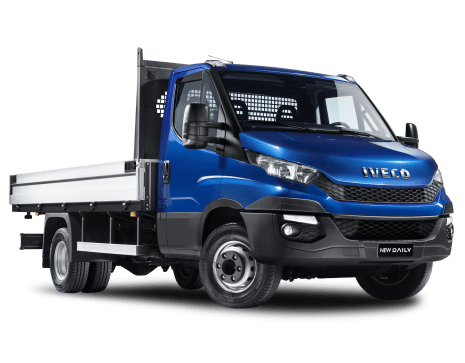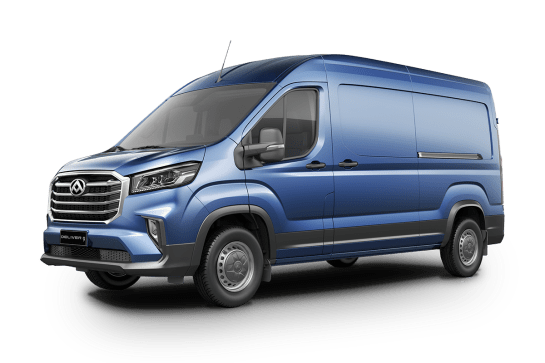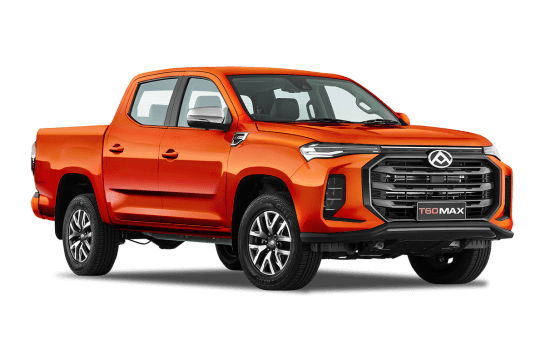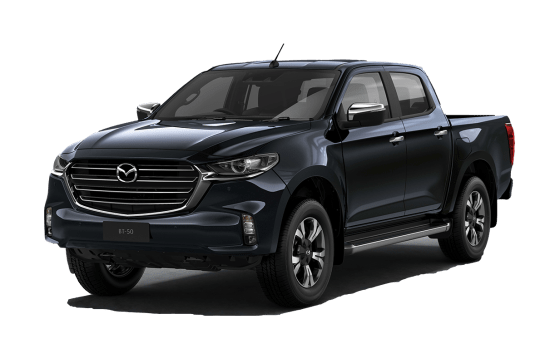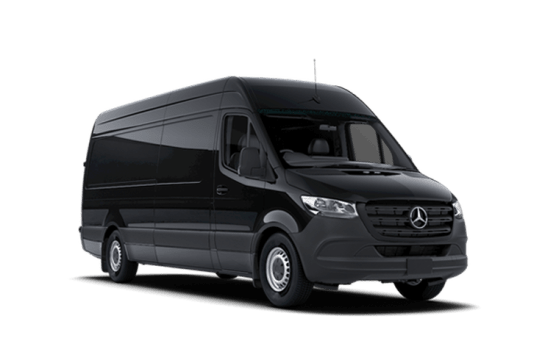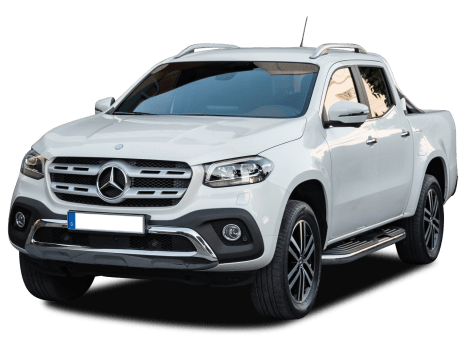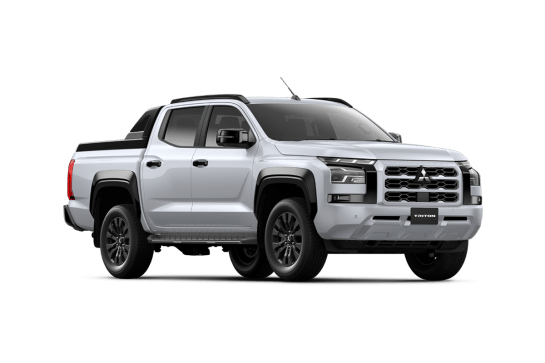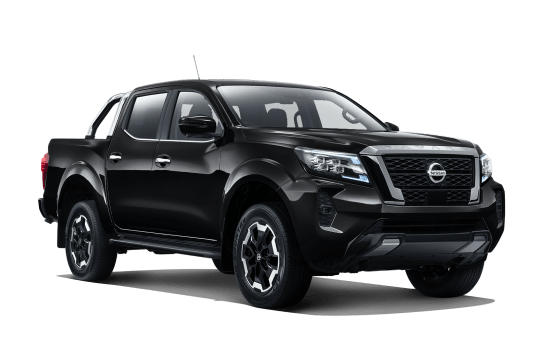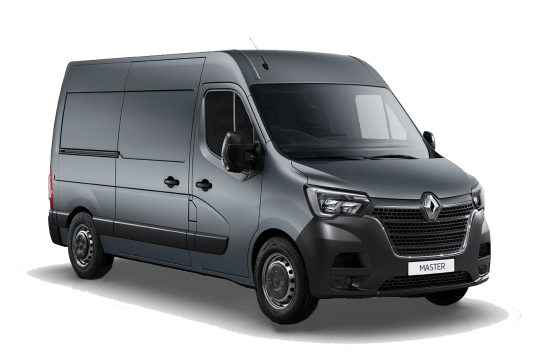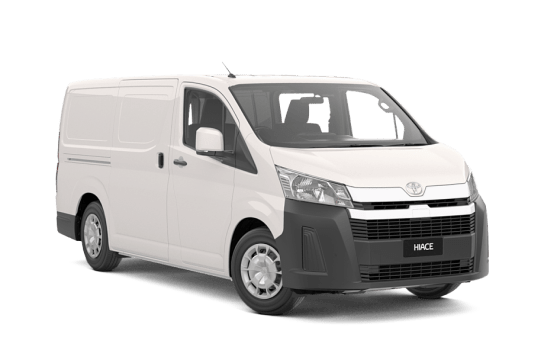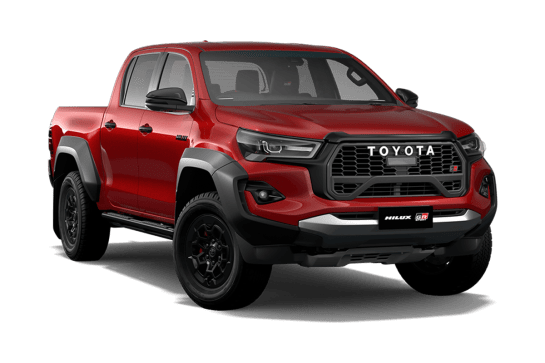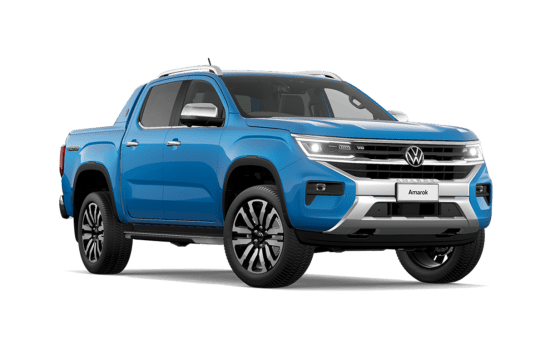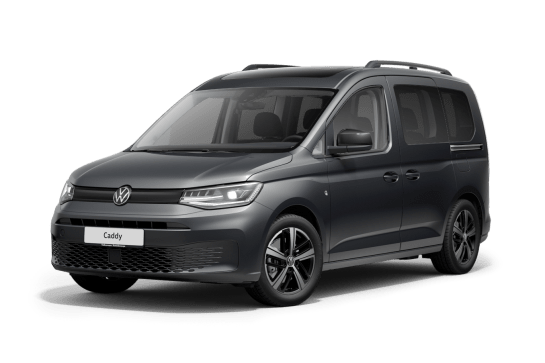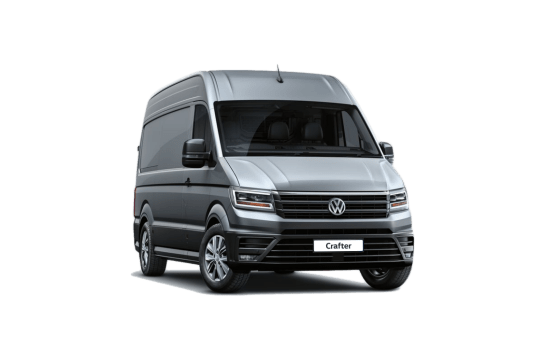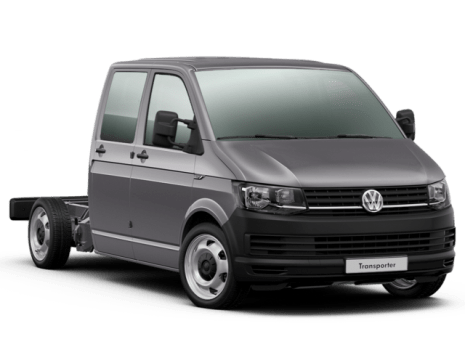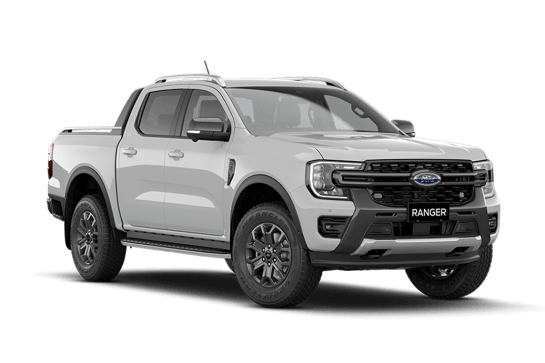
Ford Ranger VS Mercedes-Benz Sprinter
Ford Ranger
Likes
- Fun to drive
- Very comfortable on- and off-road
- Very capable off-road
Dislikes
- Expensive
- Sub-standard towing capacity
- Compromised touring potential
Mercedes-Benz Sprinter
Likes
- Performance
- Load-hauling ability
- GVM and GCM ratings
Dislikes
- Purchase/servicing costs
- Highway noise levels
- No RCTA/parking sensors
Summary
Ford Ranger
The Raptor is the Ford Ranger line-up’s high-end, high-performance ute that everyone knows about – but this version has a V6 engine, an upgraded suspension set-up and drive modes aimed at making it a built-for-purpose adventure machine.
But while it’s great for high-speed off-road shenanigans, does it have potential as a touring 4WD?
Read on.
Read more about
- The retro-cool Ford 4WD Australia needs! Ford Ranger and Everest-based Bronco goes hardcore off-roading with new special edition in the US
- Ford Mustang 2025 review
- Big change in Ford Australia's future? How Australia could benefit from the Blue Oval's new era in Europe that puts more Mustangs, Broncos and Raptors in its future
| Safety rating | — |
|---|---|
| Engine Type | 3.0L turbo |
| Fuel Type | — |
| Fuel Efficiency | 11L/100km |
| Seating | 5 seats |
Mercedes-Benz Sprinter
The Mercedes-Benz Sprinter competes for market share with more than a dozen rivals in the highly competitive Light Duty (3501-8000kg GVM) division of Australia's Heavy Commercial segment.
Launched in 1995, the Sprinter is approaching three decades of service and during that time has evolved through three generations.
The current VS30 range continues a tradition of offering multiple variants including panel van, single cab-chassis, dual cab-chassis and minibus, capable of fulfilling a vast number of commercial and non-commercial roles.
Read more about Mercedes-Benz
We recently spent a week aboard one of many panel van variants to see how it performs in a daily workhorse role.
| Safety rating | — |
|---|---|
| Engine Type | 2.0L turbo |
| Fuel Type | Diesel |
| Fuel Efficiency | —L/100km |
| Seating | 2 seats |
Verdict
Ford Ranger7.4/10
The Ford Ranger Raptor is a purpose-built adventure ute. It is comfortable to drive on-road and very capable off-road.
It’s a high-end, high-performance ute with a V6 engine, an upgraded suspension set-up and drive modes aimed at making it a built-for-purpose adventure machine.
It is, however, laser-focused on doing one thing supremely well – driving at speed on unsealed surfaces – and that means it falls short in a few other areas.
It's day-to-day drivability is less than ideal because of its size and fuel consumption and it lacks some potential as a touring 4WD because of its payload and the fact its towing capacity is below the industry standard.
But those factors aren't going to sway someone who is truly keen for the fun and thrills of driving a Raptor.
Mercedes-Benz Sprinter8/10
It has its niggling faults like any vehicle but the Sprinter panel van is a well-designed vehicle overall. It’s fit for purpose and worthy of consideration if you’re in the market for a heavy commercial van. That is if you have about $90K to spend, which is around $40K more than its closest competitor - and that one comes from China.
Design
Ford Ranger
The Raptor is 5380mm long (with a 3270mm wheelbase), 2208mm wide, 1926mm high and it has a listed kerb weight of 2473kg.
This ute has been engineered – and marketed – as a high-performance off-road vehicle, so, in line with that it has a wide stance (with a 1710mm wheel track front and rear), big wheel arches, chunky side-steps and substantial tyres (BFGoodrich K02 high performance all-terrains, 285/70R17 on 17-inch alloys).
The Ford Performance Seats are embossed with the Raptor logo and there’s Code Orange accented stitching on the trim – so there’s Buckley’s chance of forgetting you’re in a Raptor.
The Raptor is one of the more distinctive-looking utes in a mainstream market flooded with vehicles of very similar appearance and, in terms of overall design, it easily takes on the likes of the Nissan Navara Warrior and Toyota HiLux GR Sport, if not besting them.
Mercedes-Benz Sprinter
This is a sizeable vehicle that’s almost 7.0 metres long (6967mm) and more than 2.0 metres wide (2020mm) and with its ‘High Roof’ design stands more than 2.6 metres (2663mm) tall. If you tick the ‘Super High Roof’ option that raises height to 2878mm.
It rides on a sprawling 4325mm wheelbase with strut-type coil-spring front suspension, a robust leaf-spring live rear axle and four-wheel disc brakes.
Our only gripe in the cabin relates to the single USB outlet, which is awkwardly located inside the dash pad’s lidded central storage bin with no cut-out in the lid to route a device cable through. Placement near the central dash controls (like its smaller Vito sibling which has two USB ports) would be much better.
Practicality
Ford Ranger
The Raptor’s interior is spacious but has a welcoming cosy feel and (despite Raptor logos and Code Orange stitching throughout) the cabin retains a low-level, cool atmosphere.
All controls are easy enough to operate – a lot of functions are accessed and adjusted via the 12-inch multimedia touchscreen and sometimes you have to repeatedly jab your finger at the screen to work your way through menus and sub-menus to reach the function you need. Thankfully, plenty of functions are via tangible off-screen buttons.
There are USB ports and a power socket up front and storage spaces in all of the usual places you’d expect: a two-level glove box, some hidey-holes (for your wallet, keys etc), a centre console, cupholders and bottle receptacles in the doors.
The sporty front seats are comfortable enough for long-distance trips and the back row is easily big enough for three kids or two adults and one man-child.
Rear-seat passengers have air vents, a fold-down armrest with cupholders and a space for a bottle in each door.
The Raptor’s tub is 1541mm long, 526mm deep, and 1578mm wide (with 1218mm between the wheel-arches). Load height is 870mm.
The tray has a spray-in tub-liner that seems quite durable, four tie-down points and a 12V socket.
Our test vehicle also had the optional power roller shutter ($3800). In the past, in any utes with a power or manual roller shutter, the storage drum for the roller shutter occupied quite a lot of otherwise useable space in the tub, but that’s no longer the case.
Mercedes-Benz Sprinter
With a 2372kg kerb weight and 4100kg GVM, this Sprinter van has a substantial 1728kg payload rating. It’s also rated to tow up to 2000kg of braked trailer and with its 6100kg GCM (or how much it can legally carry and tow at the same time) that means it can haul its maximum payload while towing its maximum trailer weight.
The huge cargo bay, with a solid timber floor that looks long enough for landing light aircraft, has a cavernous load volume of 14 cubic metres.
It’s accessed through a large kerbside sliding door with 1260mm-wide opening, or symmetrical glazed rear barn-doors with 180-degree opening for easy forklift access. There’s internal lighting front and rear and the walls and roof are not lined.
Tall people can stand without stooping given the 2009mm internal height. With a 4351mm floor length and 1350mm between the rear-wheel housings, the Sprinter can carry up to three 1165mm-square Aussie pallets or up to five 800 x 1200mm Euro pallets, secured with a choice of 12 load-anchorage points. There are also handy net-type storage pockets in each rear barn-door.
Plenty of cabin storage starts with a large-bottle holder and upper/lower bins in each front door, plus full-width overhead storage shelves with a lockable compartment on the passenger side, four small-bottle/cupholders in the lower central dash, two more small-bottle/cupholders and three ‘clamshell’ lid bins in the top of the dash-pad, an open storage shelf on the lower passenger-side dash and another sizeable enclosed compartment beneath the passenger seat.
Price and features
Ford Ranger
This Raptor is a five-seat dual-cab ute with a 3.0 V6 petrol engine and 10-speed automatic transmission, all for an as-tested price-tag of $90,440 (excluding on-road costs). It has 'Code Orange' prestige paint ($700) and a power roller shutter ($3800) included in that pricing.
Standard features include an 12.0-inch centre-mounted portrait touchscreen multimedia system (with wireless Apple CarPlay and Android Auto), a 12.4-inch customisable digital cluster, heated and ventilated leather-accented 10-way power-adjustable front seats as well as selectable steering, damper and exhaust modes.
It also has a variety of drive modes ('Normal', 'Sport', 'Slippery', 'Mud/Ruts', 'Sand', 'Baja', 'Rock Crawl'), Ford Performance-developed Fox 2.5-inch live-valve internal-bypass shock absorbers, electronically-controlled front and rear diff locks, 285/70 R17 BF Goodrich K02 all-terrain tyres, 17-inch alloy wheels, dual tow hooks and a 2.3mm steel front bash plate.
Exterior paint choices include 'Arctic White' (at no extra cost) or 'Shadow Black', 'Meteor Grey', 'Conquer Grey', Code Orange (on our test vehicle) and 'Blue Lightning' – each costing $700.
Mercedes-Benz Sprinter
Our test vehicle is officially known as the Sprinter 419 Van LWB. It’s equipped with a 2.0-litre four-cylinder turbo-diesel engine, nine-speed automatic transmission, long wheelbase and rear-wheel drive, for a list price of $87,021.
Our example is fitted with the optional 'Campervan Package' (not that we’d choose to camp in an empty shipping container) which brings an upgraded front axle load rating, comfort seat pack with swivel function, chrome grille, additional dash-pad storage bins with hinged lids, long-range 93-litre fuel tank and electronic enhancements.
Ticking this options box costs $2838 which bumps the list price to $89,859. Our test vehicle is also fitted with an accessory mesh-type cargo barrier.
The Sprinter panel van is clearly built for work with its all-weather vinyl cabin floor, 16-inch steel wheels with 235/65R16 tyres and full-size spare, side marker lights and ample dark grey plastic where bumps, scrapes and high wear usually occur including the bumpers, door mirrors/handles and lower body sides.
However, in stark contrast it also offers numerous creature comforts including keyless start, a delightful leather-rimmed and height/reach adjustable steering wheel with paddle-shifters and multiple remote-control functions, as well as heated and power-folding door mirrors with truck-style lower wide-angle views.
There's also a driver’s instrument cluster with colour display, black fabric bucket seats with fold-down inboard armrests and multiple posture adjustments, adaptive cruise control, DRLs and a two-speaker multimedia system with 7.0-inch touchscreen and multiple connectivity including Apple and Android devices.
Under the bonnet
Ford Ranger
The Raptor has a 3.0-litre twin-turbo V6 petrol engine – producing 292kW and 583Nm – and that’s matched to a 10-speed automatic transmission.
This is an impressive set-up – punchy off the mark, smooth and refined at highway speeds – it just trucks along – and overall it offers a controlled and comfortable driving experience.
The Raptor has full-time 4WD and an electronic rear diff lock.
Its selectable driving modes include Normal, Sport, Slippery, Mud/Ruts, Sand, Baja, and Rock Crawl.
Mercedes-Benz Sprinter
The 'OM654' is a 2.0-litre four-cylinder turbo-diesel that meets the toughest Euro 6 emissions standards using AdBlue.
With two-stage turbocharging and auto start/stop technology, it produces 140kW at 3800rpm and 450Nm across a 1000rpm-wide torque band between 1400-2400rpm which showcases its flexibility.
The smooth-shifting nine-speed torque converter automatic offers the choice of sequential manual-shifting using the steering wheel-mounted paddle-shifters, which could be handy when hauling heavy loads particularly in hilly terrain.
Efficiency
Ford Ranger
The Raptor has an official fuel consumption figure of 11.5L/100km on a combined (urban/extra-urban) cycle.
I recorded 14.2L/100km on this test. I did a lot of high- and low-range 4WDing and the Raptor was never working hard.
The Raptor has an 80L fuel tank so, going by my on-test fuel-consumption figure, you could reasonably expect a driving range of about 563km from a full tank.
Mercedes-Benz Sprinter
Heavy commercial vehicles are not required to provide fuel consumption data. Even so, when we stopped to refuel at the end of our 247km test of which about one third of that distance was hauling a heavy payload, the dash display was claiming a surprisingly frugal combined average of 9.9L/100km (with auto stop/start switched off).
This was close to our own figure, calculated from fuel bowser and tripmeter readings, of 10.5 which means you could expect a ‘real-world’ driving range nudging 900km from its optional 93-litre tank.
Driving
Ford Ranger
This is a Raptor review so you might expect I’d be justified in spending the entire test doing donuts in the sand and taking on jumps that would make dirt-bikers wince, but as much as I wanted to, I didn’t. I live in the real world so my tests are about how a vehicle performs in day-to-day driving and especially off-roading.
But to reach the dirt you have to drive a bit of blacktop – so how does the Raptor perform on-road?
Once underway, there is plenty of good news about the Raptor because it is nice to drive on road: a composed stance, impressive acceleration with more get-up-and-go thrust under foot courtesy of the V6 and comfortable ride and handling. This is an easy-driving 4WD ute.
For a vehicle intended to be a great go-fast machine on dirt roads and gravel tracks – which, of course, it is – the Raptor is a pleasant surprise on bitumen – refined and comfortable with its off-road-suited long-travel Fox suspension that soaks up the worst lumps and bumps of back-road blacktop, yielding a smoothed-out plush ride.
As a bonus the steering has a sharp feel and a nice balanced weight to it – you can cycle through different modes ('Normal', 'Comfort', 'Sport', 'Off-Road') to find your favourite – and the gutsy V6 and clever transmission is a supremely relaxed pairing.
There are also selectable damper modes ('Normal', 'Off-Road', 'Sport') and exhaust modes ('Quiet', 'Normal', 'Sport', 'Baja'). The latter exhaust setting is only available when in off-road mode and is more of a novelty, but still fun to play around with and a cool addition to the Raptor package.
On the open highway at 110km/h, the Raptor sits nicely, with that wider wheel track giving this ute a settled posture, and it comfortably trucks along the road, no matter how bumpy that road becomes.
Then you take it off the sealed surface.
The Raptor has all the mechanicals and the tech set-up for driving dirt roads and gravel tracks at speed, there’s no denying that, but all of those factors don't necessarily make it a good 4WD or indeed a good 4WD touring vehicle.
However, it is.
It’s smooth and refined on fast dirt tracks and gravel roads – it’s right at home. The Raptor has that aforementioned wide wheel track and, even if the terrain is particularly severe, it drives comfortably.
And any doubts about its ability to tackle low-range 4WDing are swiftly dispelled.
I scaled several of our favourite set-piece hill-climbs without the front or rear diffs locked, and the Raptor did it with absolute control and absolute ease.
It's very capable and ticks all the boxes in terms of ground clearance (listed as 272mm), off-road angles (approach: 32 degrees, departure 24 (with towbar, 27 without) and rampover 24 degrees) and wading depth (850mm).
There’s ample torque available and it’s delivered in an even-handed manner; the Raptor has front and rear diff locks; and the driver-assist tech set-up is comprehensive and low-key effective.
Case in point, I used 'Trail Control' mode (a form of low-range ‘feet-off-the-pedals’ cruise control) to set the speed (2.0km/h) for a steep hill and it kept the Raptor to that speed – complete control at all times, no matter how the severity of the incline changed.
The Raptor also has an onboard 360-degree camera system, giving the driver the ability to see forward of the vehicle, which is handy because this ute has a substantial bonnet. You can't see the track in front of you over the bonnet, especially when climbing a steep hill.
It’s such a great combination of mechanicals and driver-assist tech and Fox shocks, long wheel travel and proper all-terrain tires (BFGoodrich K02s) that it’s a near-complete package, especially in terms of being an effective off-road vehicle.
But if you’re considering a Raptor as a touring vehicle, there are some things working against it – and those things have to do with weight.
Payload in the Raptor, at just over 717kg, is not spectacular, but it’s in line with a lot of modern dual-cab utes. However, it’s far from ideal if you're looking at putting aftermarket equipment on it or even loading up with camping gear.
And another thing is the Raptor doesn't have an industry standard braked towing capacity for a dual-cab ute: it can legally tow 2500kg – the industry standard for similarly sized utes is 3500kg. Unbraked towing capacity is 750kg.
And though the driver-assist tech onboard is comprehensive and effective, the Raptor misses out on a tow/haul drive mode.
For your reference, kerb weight is listed as 2473kg, GVM is 3130kg, and GCM is 5370kg.
If you’re looking specifically for a tow vehicle, then look elsewhere, but if you're looking for thrills and fun in a capable off-road vehicle, the Raptor should be at the top of your list.
Mercedes-Benz Sprinter
Wide door openings and large assist-handles on the windscreen pillars make for easy cabin entry.
Finding a comfortable driving position is not hard either, given the combination of a height/reach-adjustable steering wheel and supportive bucket seat with adjustments for backrest angle, seat-base rake/length and lumbar support.
The optional 'Campervan Package' seats, with fold-down inboard armrests, can also rotate towards the centre of the cabin. We assume this pivoting function is to aid rear-of-vehicle access, but was of no use in our test vehicle given the mesh cargo barrier.
Our only criticism of the driving position is that the slim pillar between the fixed and sliding glass in the driver’s door partly obscures the driver’s eyeline to the door mirror. However, sliding the seat base forward solves the problem, so it’s only an issue for tall drivers like me that need to sit more rearward.
The ride quality without a load is good, given the robust rear suspension. It also has nicely-weighted and responsive steering plus good braking, along with acceptable internal noise levels at sub-80km/h city and suburban speeds given the absence of a solid bulkhead and minimal cargo bay linings.
However, tyre roar emanating through the rear-wheel housings and amplified by the cargo bay can be uncomfortably intrusive at highways speeds, depending on the coarseness of bitumen surfaces.
So, we’d recommend either installing a solid bulkhead (or use ear-plugs) to reduce noise levels if you’re planning to do regular highway driving in this configuration.
The 2.0-litre turbo-diesel and nine-speed automatic display great efficiency, with throttle response at its most immediate and energetic when operating within the 450Nm peak torque band between 1400-2400rpm.
The refined auto’s snappy but smooth shifting gets the best out of this engine in most situations, without the need to paddle-shift in manual mode.
To test its load-carrying ability, we used up all of our weights to forklift 1300kg into the cargo bay, which was still more than 400kg less than the GVM rating.
As a result, the Sprinter made light work of hauling this 1.3-tonne payload around town, with the only differences being a slightly firmer ride and more accelerator pedal required to maintain engine performance.
It easily hauled this load to the summit of our 13 per cent gradient, 2.0km set climb at 60km/h, although engine-braking on the way down was (as expected) not as strong given its small displacement.
In a manually-selected second gear, road speed quickly increased as the engine climbed towards the tacho’s redline on overrun, before the auto dismissed our manual gear selection and shifted up to third.
This automatic engine-protection protocol is common in Euro vans. However, if you’re not ready for it, it can spring a surprise when you’re leaning on the drivetrain to assist with engine-braking during a steep descent and it suddenly shifts up and starts running away from you. The quartet of disc brakes, though, easily compensated for this shortfall.
Safety
Ford Ranger
The Raptor does not have an ANCAP safety rating because it has not been tested.
As standard it has nine airbags (front, side, knee and full-length curtain (driver & passenger and far side driver front airbag), and driver-assist tech includes AEB, adaptive cruise control, blind-spot monitoring, lane-keeping assist, front and rear parking sensors, tyre-pressure monitoring, a 360-degree camera and more.
Mercedes-Benz Sprinter
There’s no ANCAP rating required for Heavy Commercial vehicles but the Sprinter has many safety features highlighted by four airbags, AEB, blind-spot and lane-keeping assists, crosswind assist (crucial in a van with such a wall-like profile), trailer sway control and more.
There’s also adaptive cruise control and a reversing camera, but omissions which should be standard are rear cross-traffic alert and rear parking sensors.
Ownership
Ford Ranger
The Raptor has a five-year/unlimited-km warranty. That’s in line with its rivals except for Mitsubishi, which offers up to 10 years, and Isuzu, which offers up to six years.
Servicing is scheduled for every 12 months or 15,000km and each visit costs $379 which is competitive – but check with your local dealership for the most up-to-date details.
Mercedes-Benz Sprinter
The Sprinter is covered by a five year/250,000km warranty including five years roadside assist.
Scheduled servicing is every 12 months/40,000km whichever occurs first.
Capped-price servicing for the first five scheduled services during warranty period totals $7130, or a pricey average of $1426 per service.



